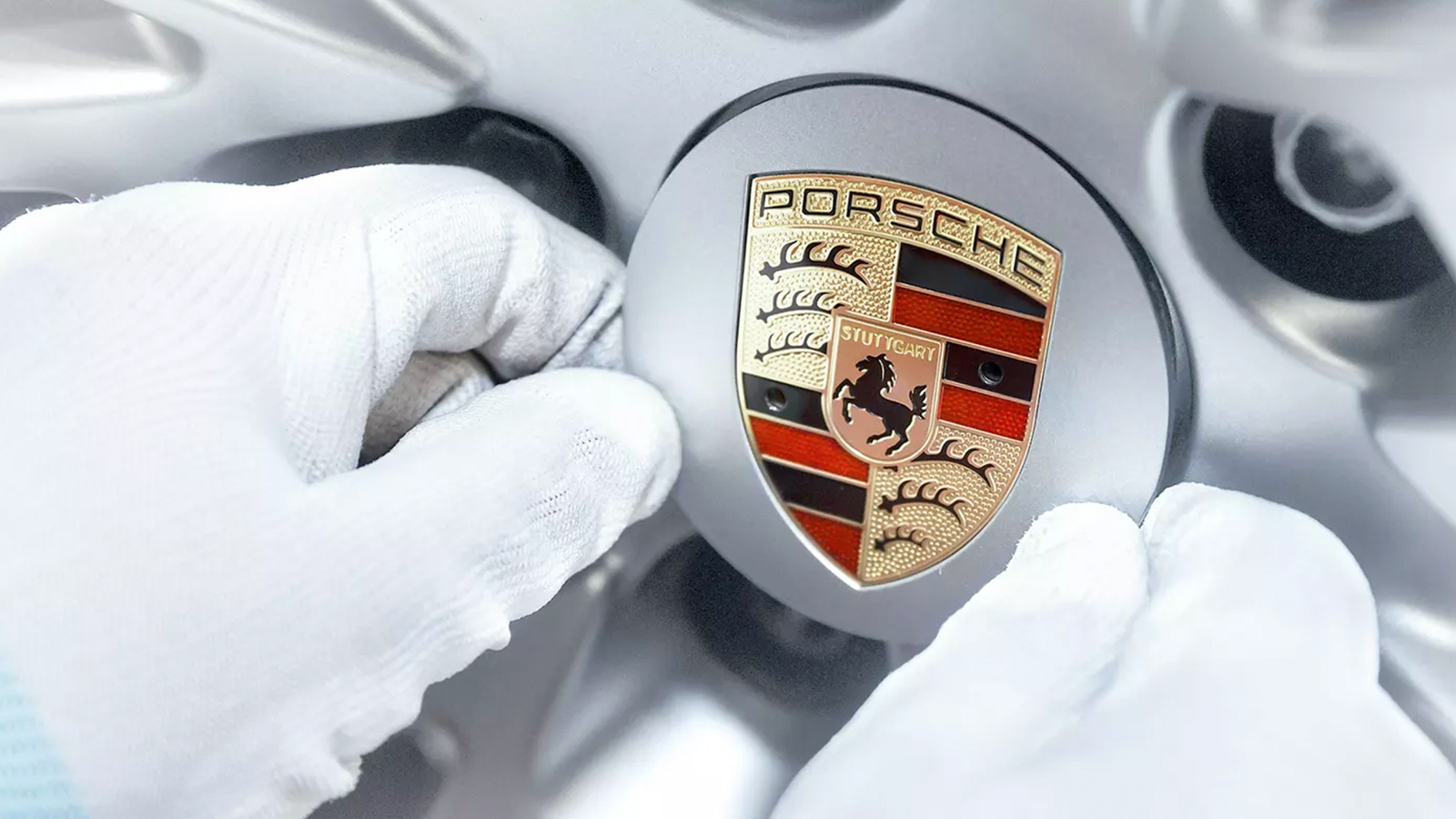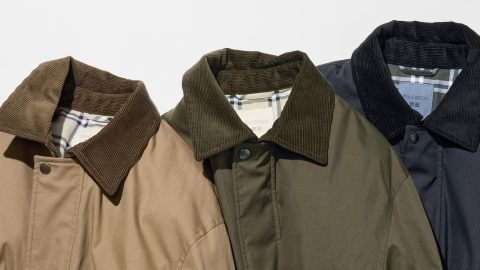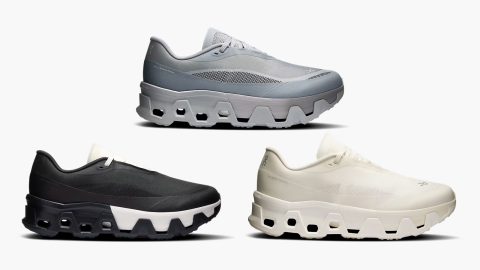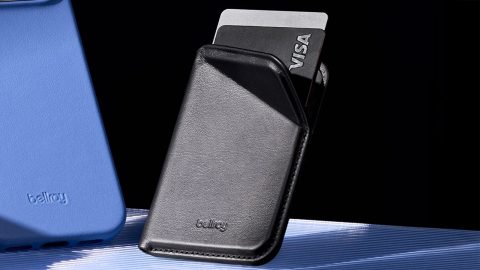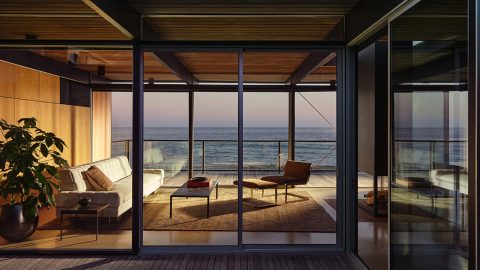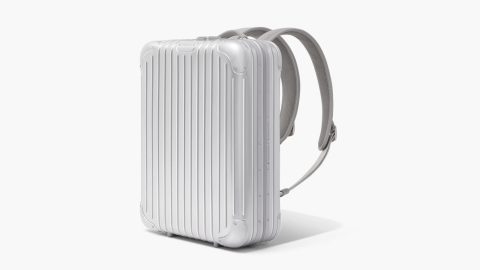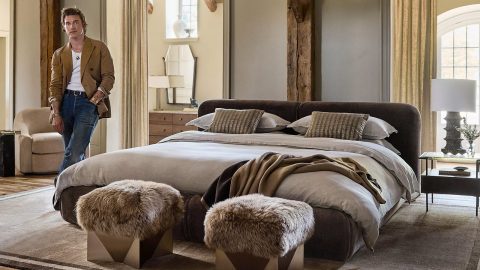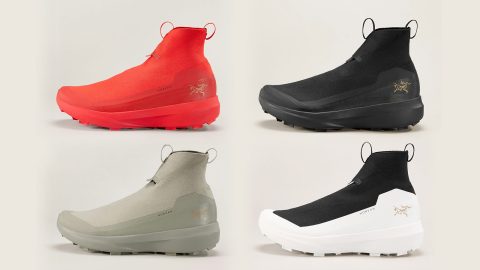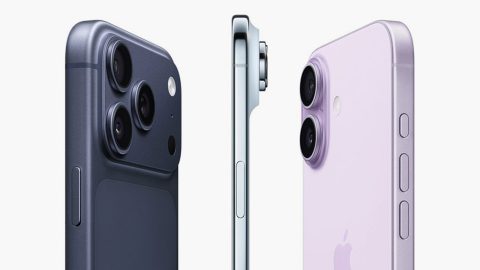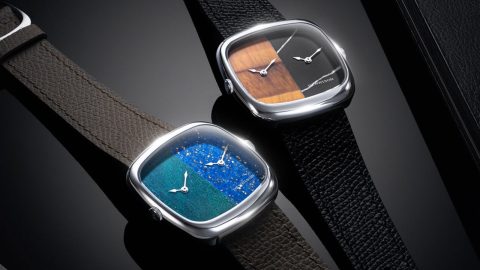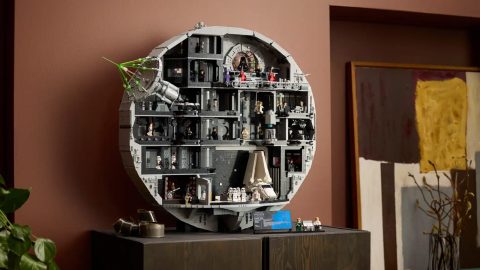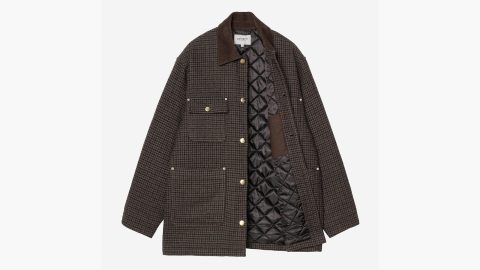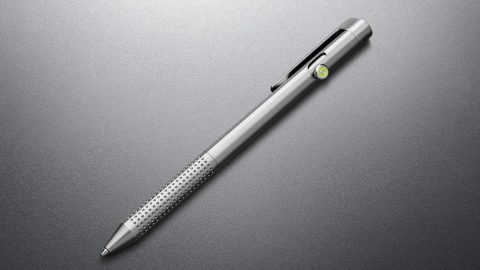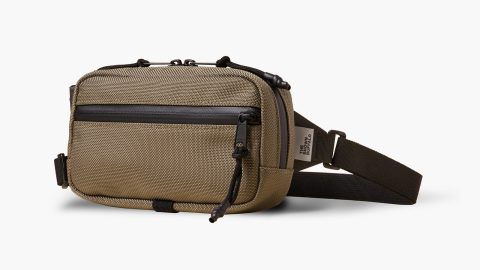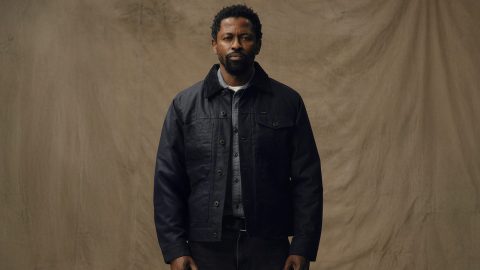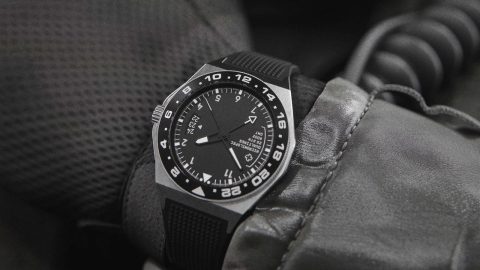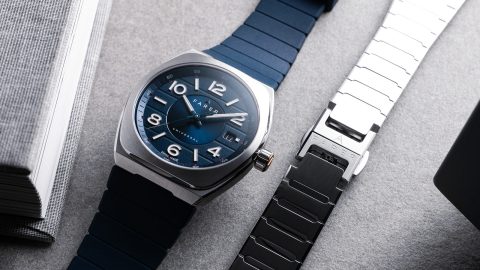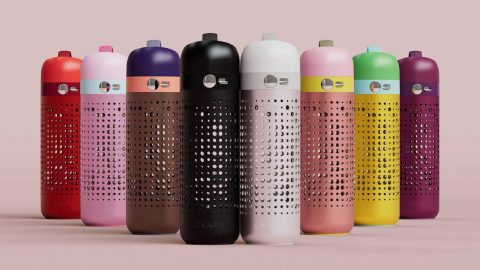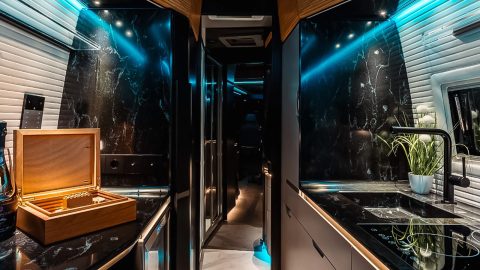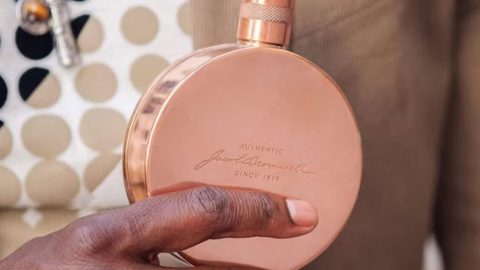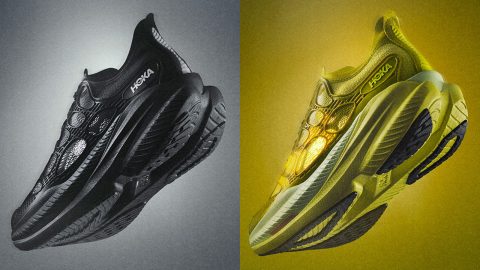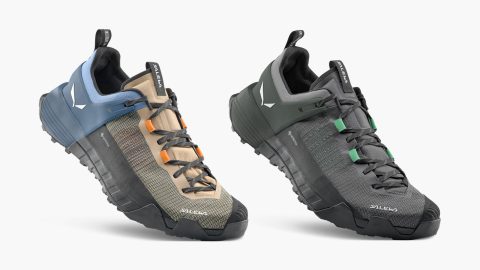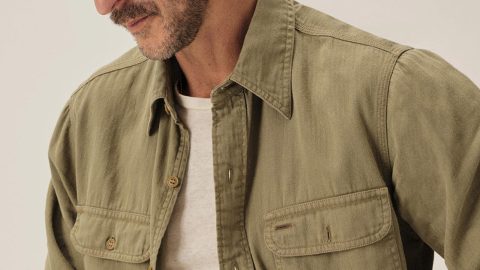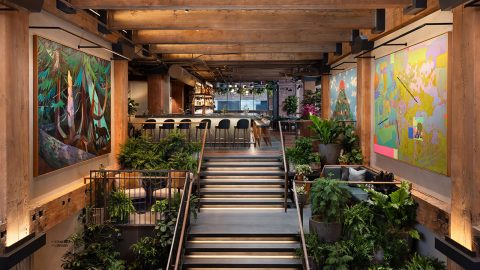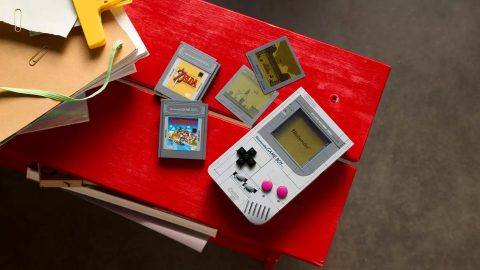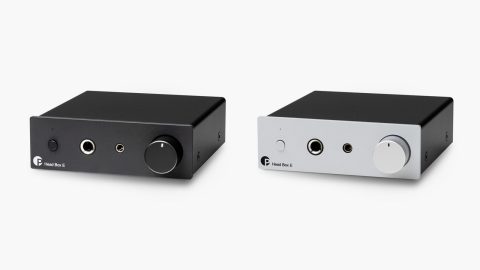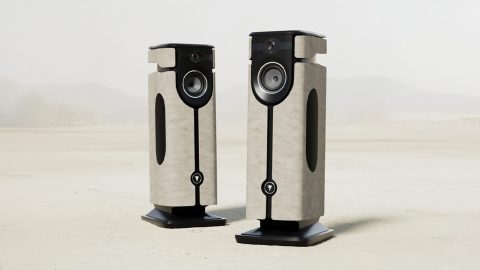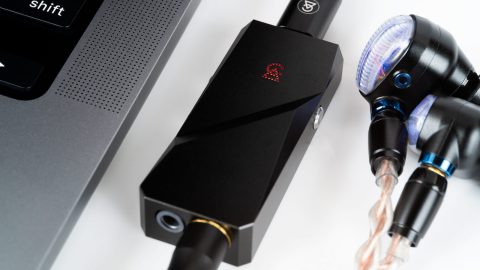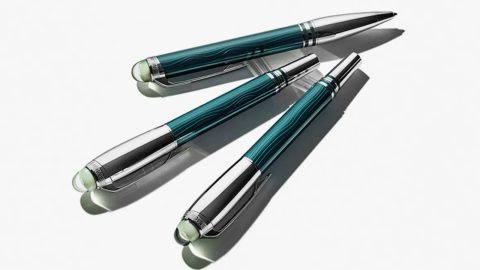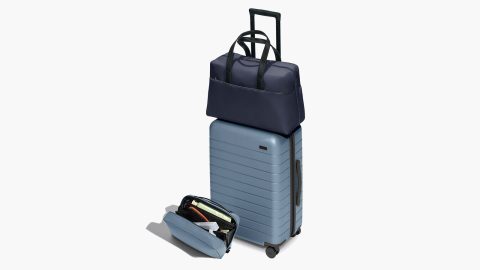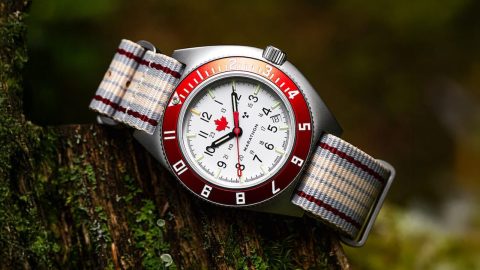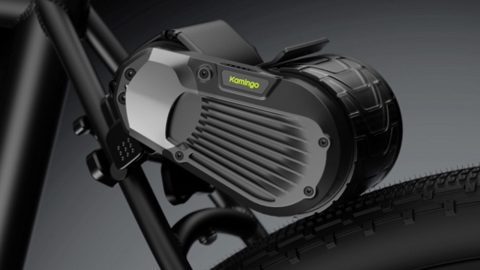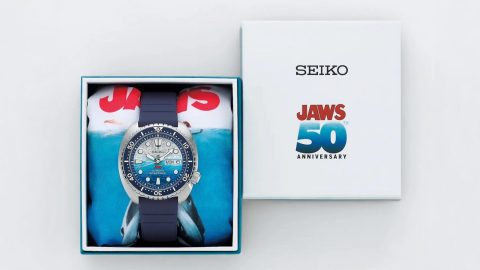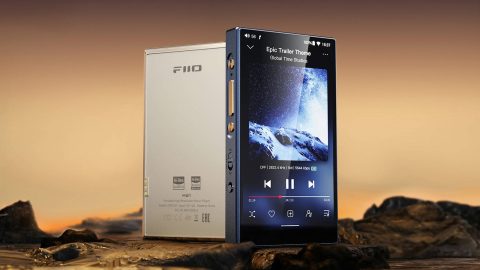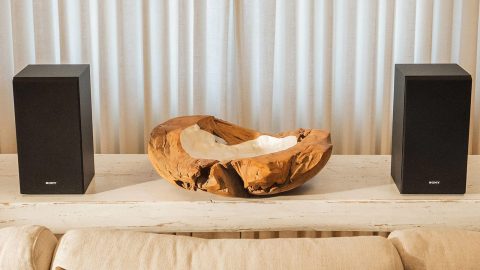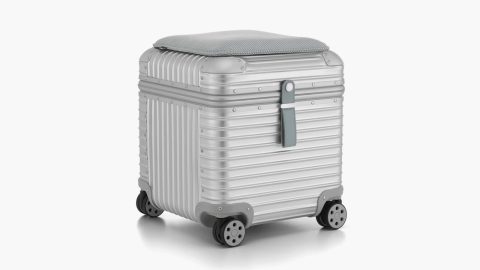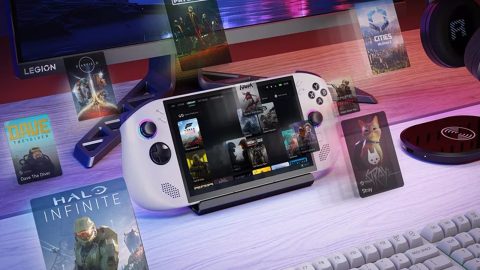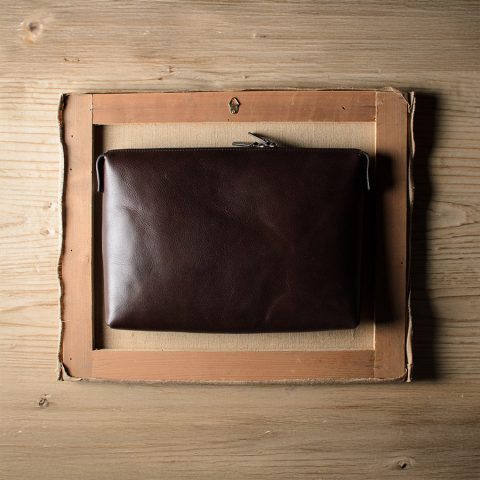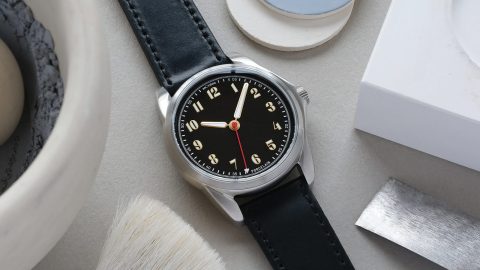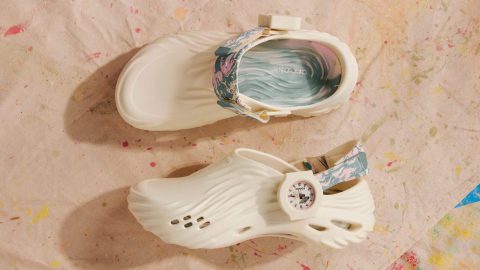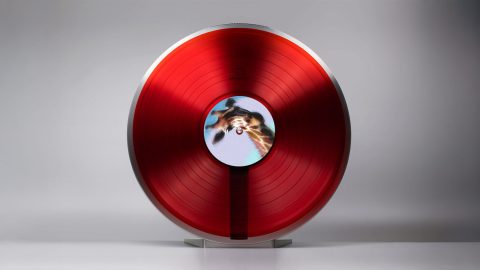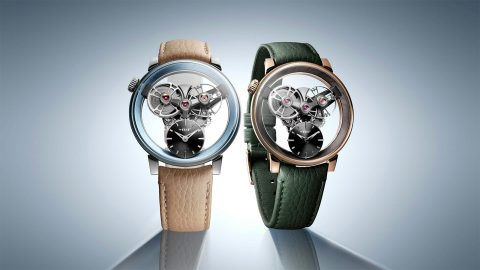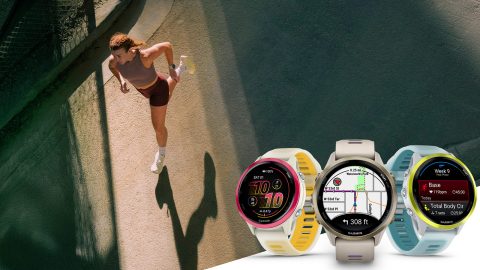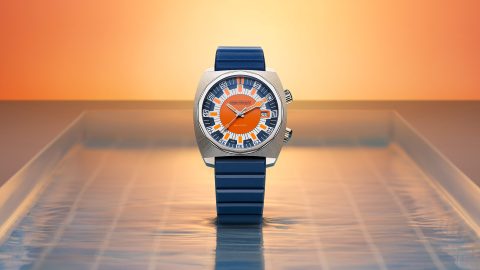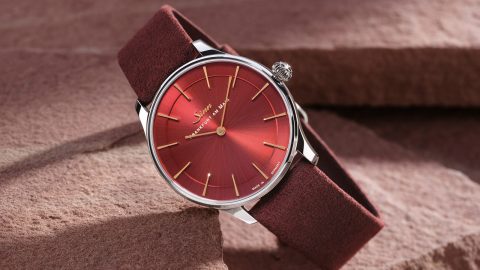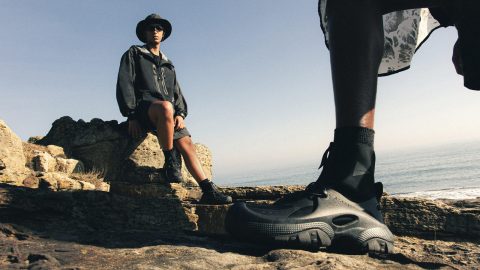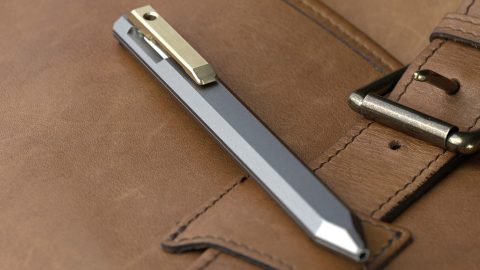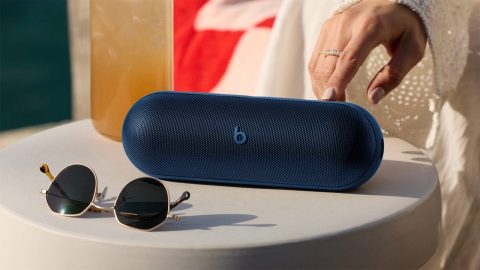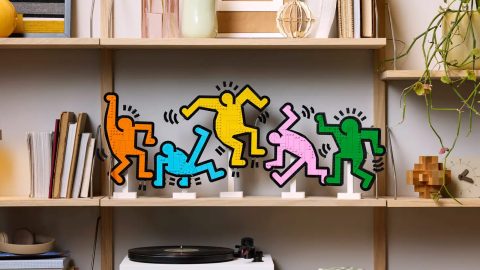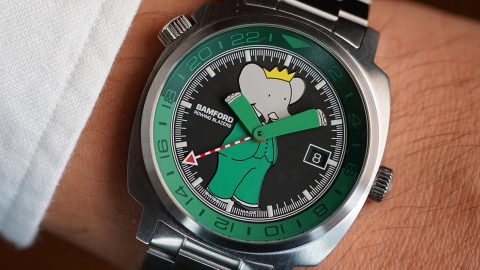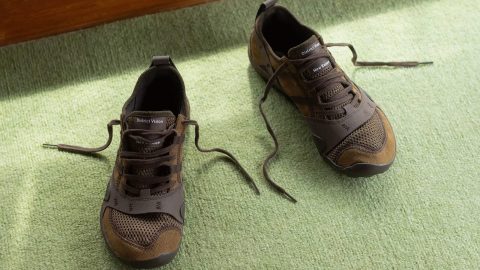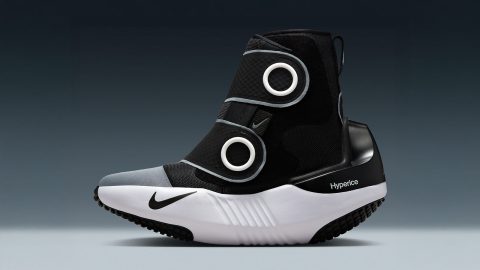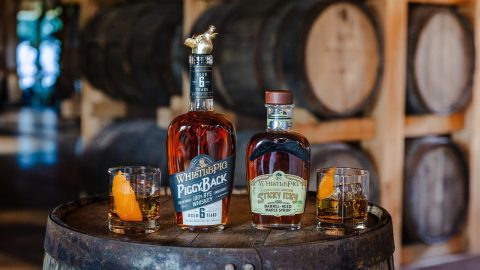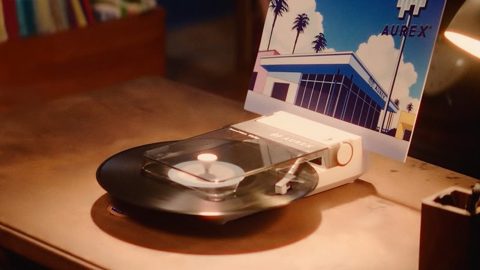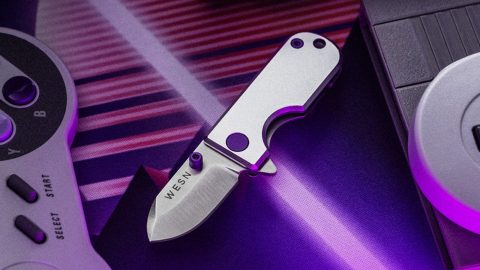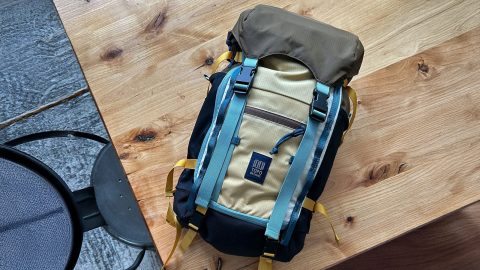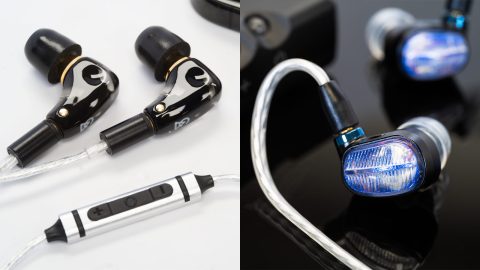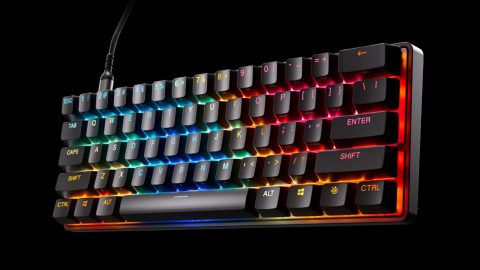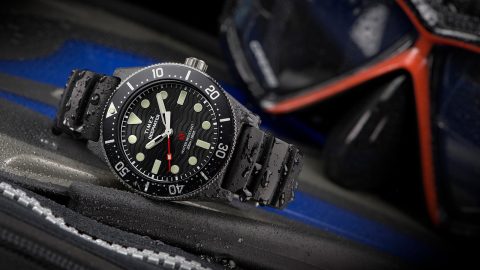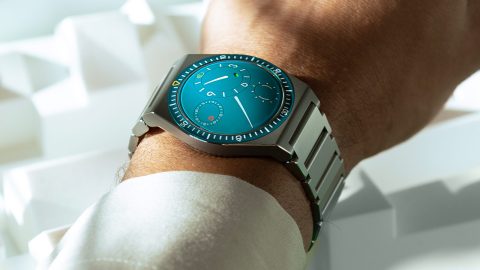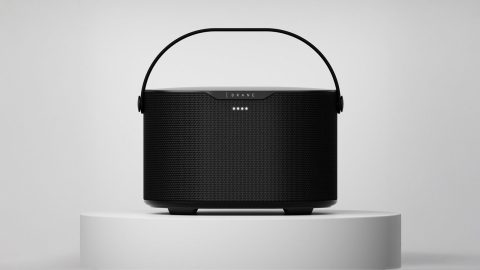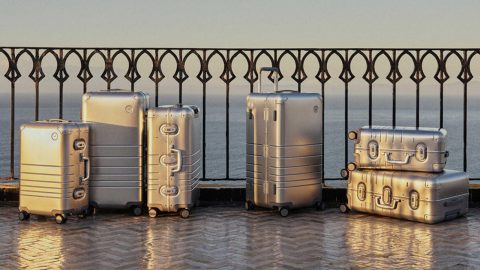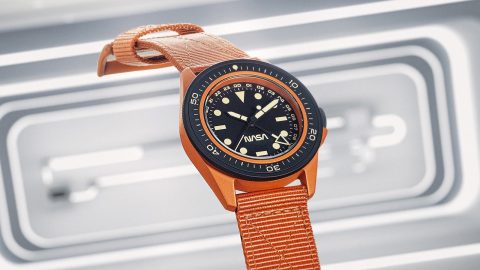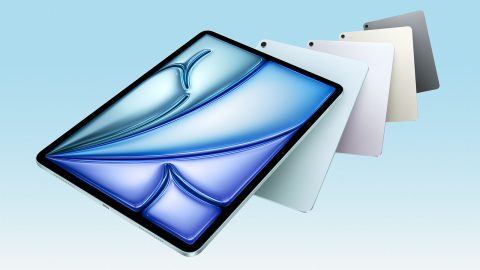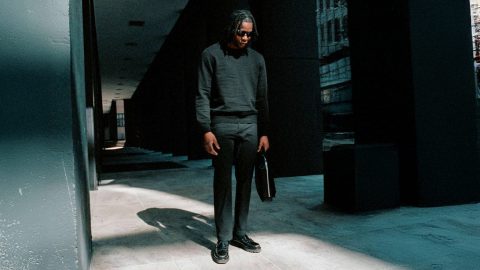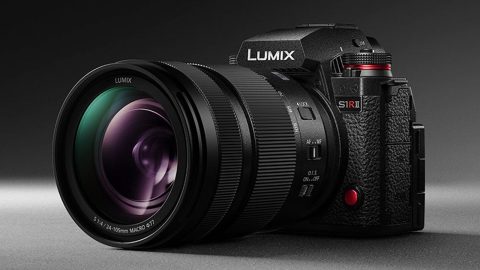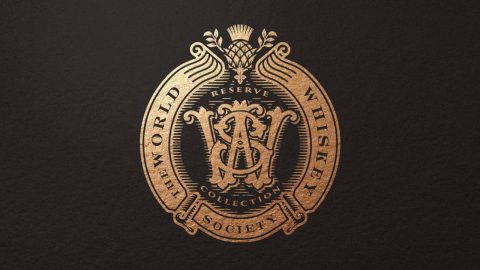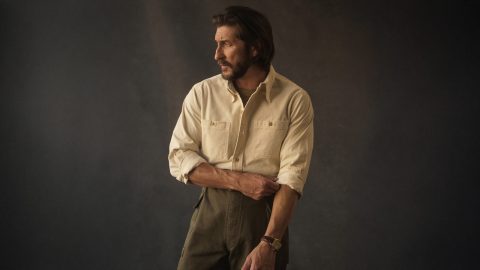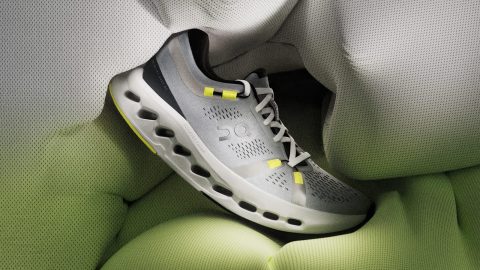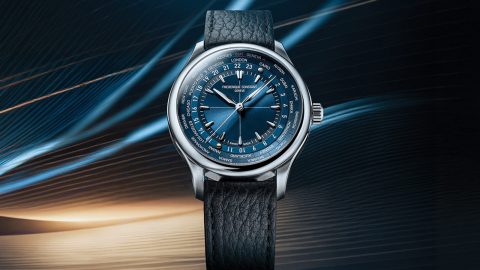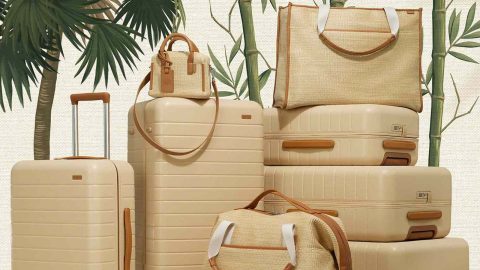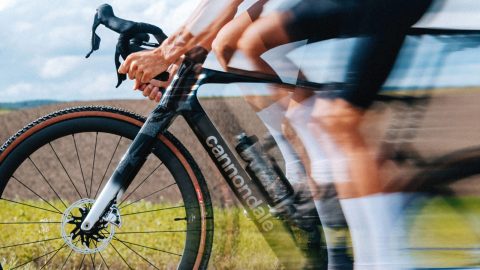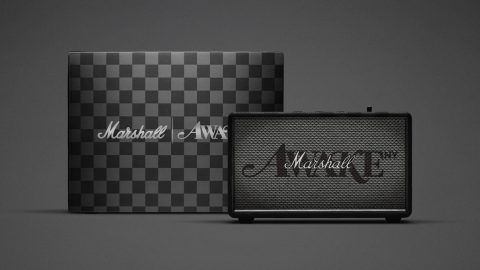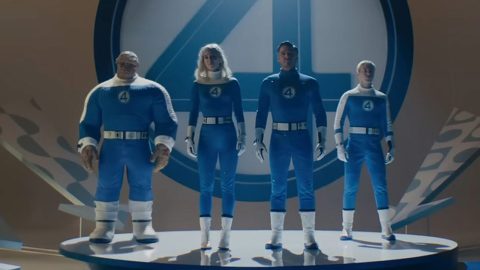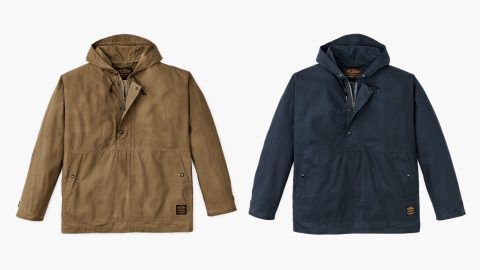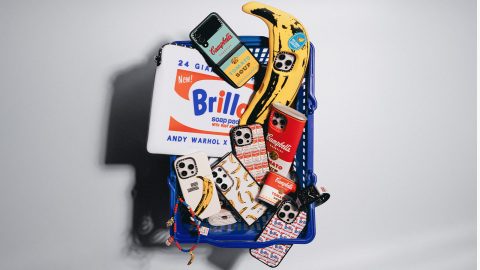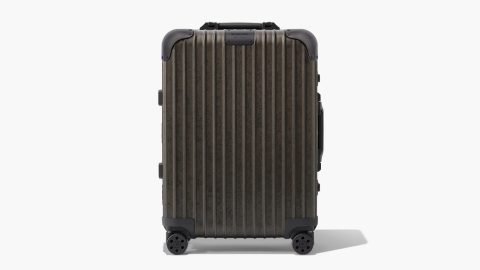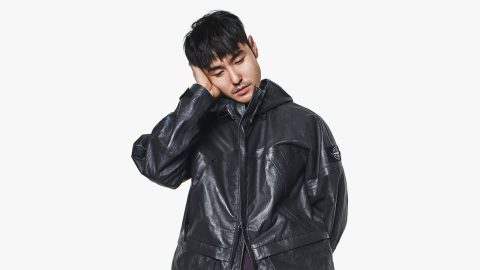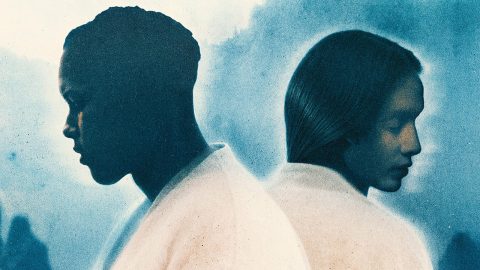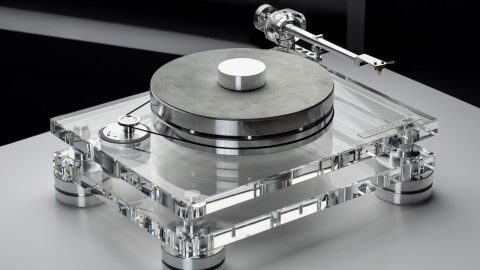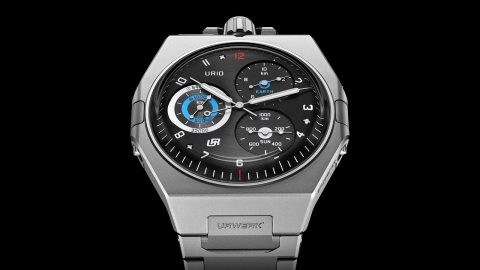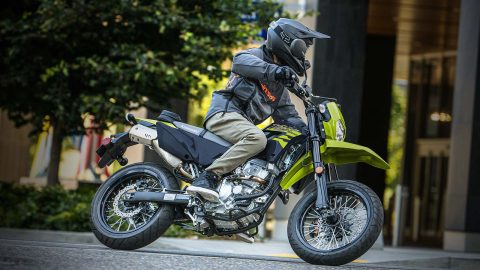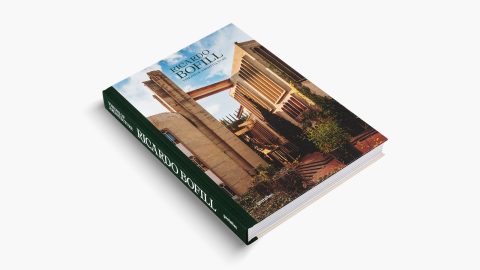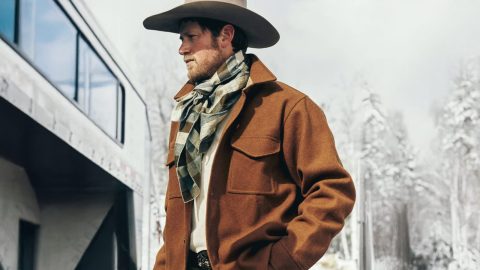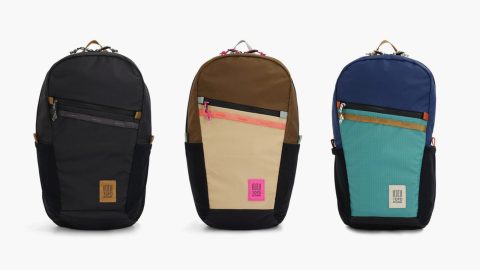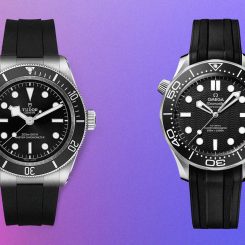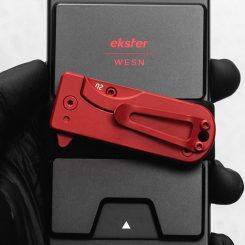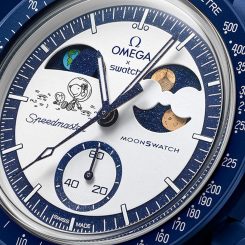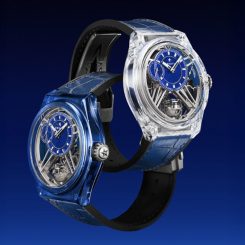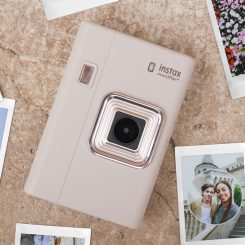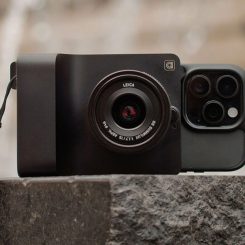Fiercely independent, instantly recognizable and featuring the kind of sleek lines and high-quality materials that leave serious car enthusiasts and casual admirers nearly panting with appreciation, the not-so-humble Porsche is a motor-powered work of art.
The Real-Life Legend of Ferdinand Porsche
“Ferdinand Porsche” sounds like a hero in some kind of historically twisted graphic novel. The real Ferdinand carries much more cultural prestige, a skilled engineering phenom who built an empire tainted by a heady mixture of circumstance, wartime deals and ambition. The father of the almighty eponymous Porsche, this mechanical prodigy would forever change automobile design and inspire a class of vehicles that remain a status symbol more than century on.
The father of the almighty eponymous Porsche, this mechanical prodigy would forever change automobile design and inspire a class of vehicles that remain a status symbol more than century on.
Porsche once said, “I came into the world at the same time as the auto.” Indeed, he was born in 1875, just two years after Amédée Bollée debuted his steam-propelled vehicles in Le Mans. By the age of 13, Porsche had demonstrated his technical prowess by installing electricity in the family home and business (his father was a panel beater, restoring damaged cars to their former glory). In 1931, Porsche founded his first company. The goal was not to build cars but to consult with other businesses developing their own fleets.
Image Credit: Independent
He answered the German government’s call for a “people’s car” with the famed Volkswagen Beetle. Though the connection may not be obvious to average person, the Beetle would later serve as inspiration for the 1939 construction of the Porsche 64; only three of the 64s were made, the last of which was up for auction in 2019 with an expected sales price in excess of $20 million.
Then came World War II. Car manufacturing was no longer for the pleasure of the public but for military use.
Then came World War II. Car manufacturing was no longer for the pleasure of the public but for military use. Porsche set out to reimagine what he perceived as problematic automotive design; a combination petrol-electric powertrain help set a record at the 1902 Exelberg Hillclimb in Austria and caught the attention of Archduke Franz Ferdinand. Soon, Porsche products were in use by both the Austro-Hungarian Empire and German troops.
Porsche masterminded several tanks under the Volkswagen banner. A four-cylinder engine powered the Parseval airship, Porsche helped design several heavy tanks including the Elefant, Tiger and Maus and the military used several upgraded versions of the Volkswagen beetle to tool around off-road.
According to Fabian Muller, a Porsche biographer, workers staffing at least one Porsche-affiliated plant in German-occupied Poland were forced into service, paid a pittance for their contributions and ordered to wear uniforms emblazoned with a “P” for Poland in much the same way Jews were required to don a yellow Star of David. During their limited time off, those wearing the P were denied entrance to movie theaters and even barred from air-raid shelters. Some workers tell of being forced to make bombs and live in dirty, rat-infested buildings.
In 1945, Germany crumbled, and the victorious British forces took control of the KdF-Stadt Volkswagen factory. Ferdinand Porsche was ousted as VW’s Chairman of the Board, arrested for war crimes, and imprisoned for 20 months waiting on a trial that never came. Unlike Volkswagen, which submitted to an investigation of its wartime labor practices, Porsche has never fully discussed its role. In fact, it has actively downplayed the number of forced laborers used, only to be disproved by their own documentation and eyewitness accounts.
Ferdinand Porsche was ousted as VW’s Chairman of the Board, arrested for war crimes, and imprisoned for 20 months waiting on a trial that never came.
Historians differ on how involved with Nazi enterprises Ferdinand Porsche truly was. Some argue he was a profiteer who cared more about advancing his name and discovering next-level automobile tech than who got hurt in the interim. Others say he skipped the well-known Nazi uniforms and salute and rarely acknowledged the SS rank and other spoils of war given to him by Adolf Hitler and fellow Holocaust architect Heinrich Himmler, both of whom were Porsche admirer, and merely did as he was told during a politically turbulent time. Either way, the entire wedge of messy history remains an ugly gash forever marring the Porsche legacy.
Artistry in Action
Post-war, Ferninand Porsche Jr., affectionately referred to as Ferry, stepped up to usher in the next generation of sports cars. The company’s portfolio began to expand, starting with the Porsche 356, a speedy little rocket known for its lightweight design. The initial run included just 50 of the two-door cars, with both hard- and open-top models available.
The undeniably made-for-racing Porsche 550 launched in 1953. The car’s low profile and rounded curves were an aerodynamic dream, while the mid-engine mounting offered balanced weight distribution and relatively easy handling. In the three years the 550 was produced, only 90 cars were made, but scarcity mattered little for a vehicle intended for the racetrack. It won its very first competition, the Nurburgring Eifel Race, but it’s the Porsche 550 Spyder (a sporty two-seater) that remains ingrained in the annals of Americana as the car driven by James Dean the night of his fatal crash in 1955.
By any measurement, the Porsche 911 ranks as the most popular and successful model the company every produced. It’s been continuously manufactured and refined since its inception in 1963, with the most notable changes linked to engine revisions, but the basic style has remained largely the same: a long front end, short rear, slick body shell with curves that would make a pin-up jealous and killer detailing that ranges from hand-stitched leather interiors to custom-flowed engine casing.
By any measurement, the Porsche 911 ranks as the most popular and successful model the company every produced.
In 1996, the market met the first-generation Porsche Boxster, a mid-engined roaster with two seats that industry insiders believe helped save the floundering Porsche brand from a looming buyout. The Boxster looked to be a winner from the outset, having already garnered critical plaudits as a showpiece at the 1993 North American International Auto Show. With its signature front wings, inset sloped headlights and luxurious interior, the car was a near-instant hit — though future models would serve as corrections for early engine failures.
It Takes a Village
No successful brand is an island, and that includes Porsche. The company gets much of its lift thanks to long-term partnerships with several big-name entities. Michelin makes tires tweaked to suit the nuances of each individual Porsche model, facilitating incredible handling and road-hugging traction on city streets and racetracks alike.
Michelin makes tires tweaked to suit the nuances of each individual Porsche model.
Since 1996, Porsche has filled its factory-prepped cars with Mobil 1 oil. As the pioneer of synthetic oils, ExxonMobil — the parent company behind Mobil 1 — puts a ton of effort into inventing and nurturing new technology. This isn’t the old-school tar-like junk swiped from the corner store. Teams of chemists and engineers tinker and test until they come up with the next best thing in automotive performance, further buoying not only their own commitment to quality and innovation but helping to usher Porsche and all its customers along the very same path.
Staying Relevant and Collecting Celebrity Clout
To drive a Porsche today is to participate in an epic trajectory that dates all the way back to the moment a young engineer named Ferdinand Porsche first showcased his wheel hub engines at the 1900 World Fair. All of Porsche’s most celebrated cars have undergone several iterations, a testament to the brand’s unending desire to “get it right”. “A formally harmonious product needs no decoration,” said Ferdinand Porsche. “It should be elevated through pure form.” Porsches stand out thanks to their unspoiled elegance rather than ostentatious spoilers or flash-in-the-pan detailing that causes a short-lived furor before being cast aside as practical. Even the smallest detail is a source of pride for the makers and of pleasure for the customer.
“A formally harmonious product needs no decoration,” said Ferdinand Porsche. “It should be elevated through pure form.”
Comedian Jerry Seinfeld, a noted car geek, appreciates those little things. “I have this old ’57 Porsche Speedster, and the way the door closes, I’ll just sit there and listen to the sound of the latch going, ‘cluh-CLICK-click.’ That door! I live for that door.”
Porsche owners aren’t just interested in getting from A to B, they’re buying into a lifestyle, bringing the thunderous purr of a racetrack legend and more than a century of automotive history on the tree-lined streets of their leafy suburban neighborhoods. It’s a rare opportunity to sit behind the wheel of a car that’s functionally brilliant and brings you one step closer to the cool-dude cache of stars like Steve McQueen (who drove a 1970 911S in Le Mans).
It’s a rare opportunity to sit behind the wheel of a car that’s functionally brilliant and brings you one step closer to the cool-dude cache of stars like Steve McQueen.
In an interview with Hollywood Reporter, Beverly Hills Porsche Marketing Director Jay Huffschmidt said the mighty Porsche isn’t so much a status symbol or fashion accessory but rather “a reward for people who have worked so hard to be the best at what they do… Actors, producers, stockbrokers, lawyers — they’re very competitive, proud of the fact that they are really good at what they do — especially here in Beverly Hills.” With one purchase, anyone with a big enough bank account can join the elite and enjoy the very same well-deserved ride.

